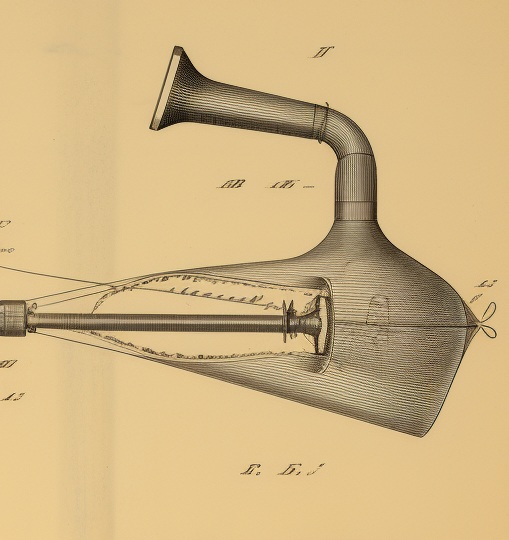One critical component of the patent application process that often requires particular attention is the patent drawing. These illustrations play a pivotal role in clarifying the specifics of your invention and illuminating its unique features. In this article, we delve into the seven essential elements that contribute to an effective patent drawing. Understanding these must-haves could significantly enhance your application’s comprehensibility and, ultimately, its success.
Patent drawings act as a visual companion to the written description, providing a clearer understanding of the invention’s structure, function, and operation. Their primary purpose is to illuminate complex aspects of the invention that may be difficult to fully grasp from a textual explanation alone. Adhering to the United States Patent and Trademark Office’s (USPTO) standards for patent drawings is vital, as these diagrams could significantly impact the interpretation and ultimate approval of your patent application.
The seven essential elements of a successful patent drawing are:
- Clarity: The importance of clarity in patent drawings cannot be overstated. The examiner must be able to easily understand the presented invention; thus, drawings should be precise, with clean lines and without any unnecessary clutter. Detailed shading and perspective can help provide a three-dimensional understanding of the invention, aiding in the illustration’s overall clarity.
- Completeness: Each drawing must provide a complete representation of the invention. This means illustrating every feature and element of the invention that contributes to its novelty and function. Different views, such as top, side, and cross-sectional views, can help demonstrate all aspects of the invention comprehensively.
- Consistency: Maintaining consistency across all drawings in a patent application is critical. Each drawing should employ the same style, labeling, and perspective conventions to avoid confusion. Consistency also extends to the representation of similar parts across different drawings; these should be identical to reinforce understanding.
- Correct Scale and Proportion: Drawings should represent the invention at a correct scale and proportion to provide an accurate representation of its actual size and shape. Although some elements may be exaggerated for clarity, the overall proportions should remain faithful to the real object. This aids in demonstrating the feasibility and practicality of the invention.
- Durable Black Ink and Paper: USPTO requires drawings to be rendered in durable, black, opaque ink on white paper. This ensures the longevity and legibility of the drawings. Employing high-quality materials can help maintain the integrity of the drawings over time, which is especially important given the long duration of patent examinations.
- Proper Labeling and Numbering: Every element in the patent drawings should be properly labeled and numbered. This assists in the clear identification of each component and their relationships within the invention. The reference numbers should correspond with those used in the specification, helping to link the drawings and written descriptions seamlessly.
- Compliance with USPTO Guidelines: Finally, and most importantly, the drawings must comply with all USPTO guidelines. These encompass everything from the size of the paper and the quality of the lines to the way the figures are numbered. Familiarity with the Manual of Patent Examining Procedure (MPEP) can ensure that your drawings meet all necessary standards, avoiding potential delays or issues with your application.
Understanding and implementing these seven essential elements in your patent drawings can greatly enhance the clarity and effectiveness of your patent application. While this may seem like a daunting task, especially when juggling the many other aspects of the patent process, the rewards are worth the effort.
When navigating the process of creating effective patent illustrations, a seasoned patent attorney can provide invaluable guidance, ensuring your drawings – and overall application – meet the necessary standards and best represent your invention. They can streamline the process, helping you avoid common pitfalls and making your patent journey more manageable and successful. Take the next step towards securing your innovative ideas and consult with a patent attorney at Bold Patents today.

